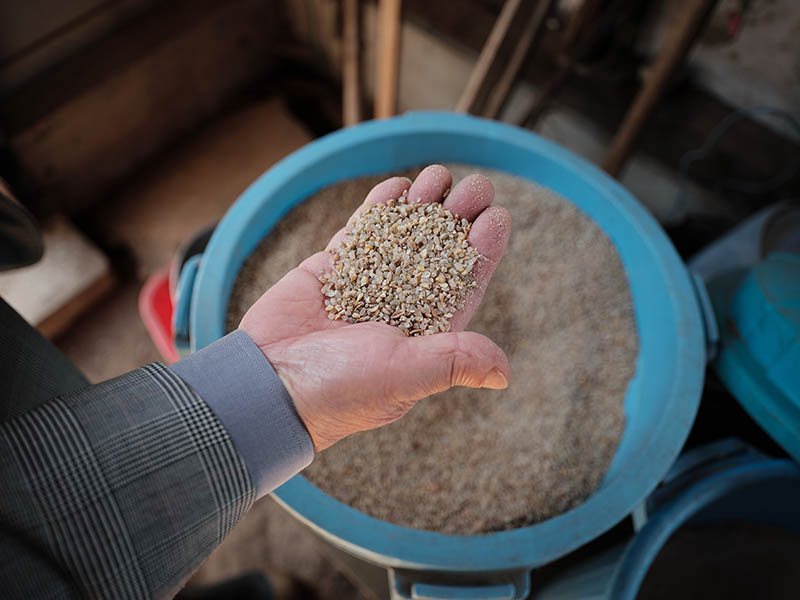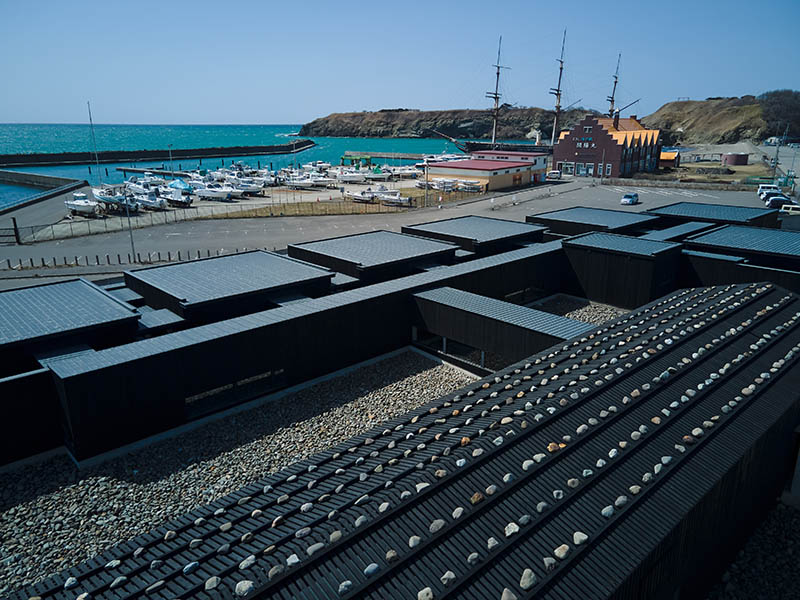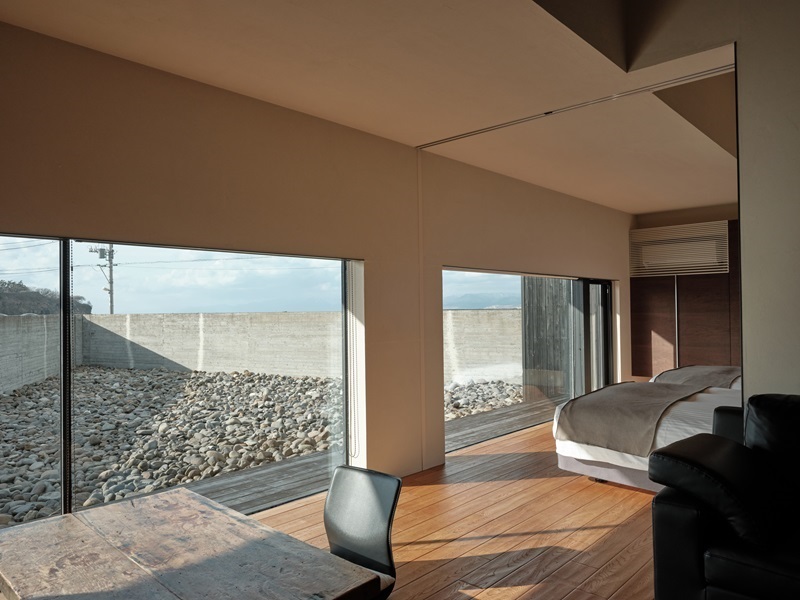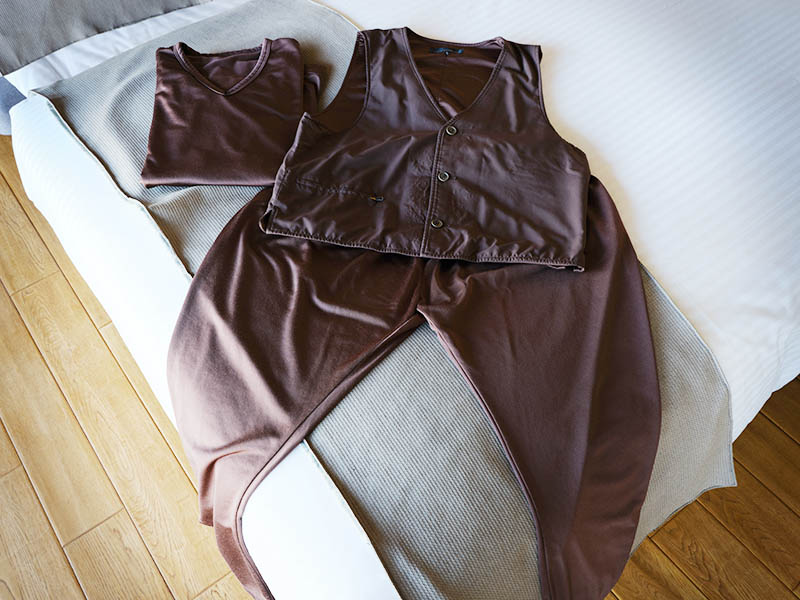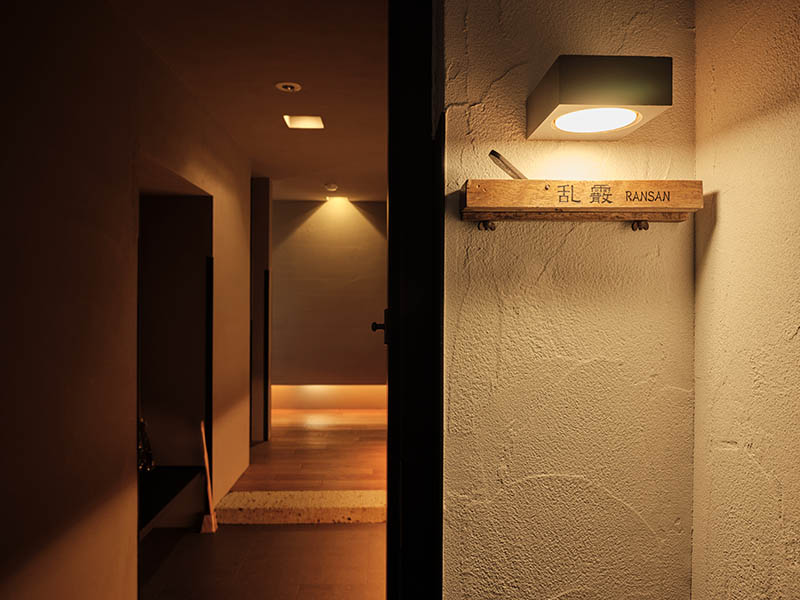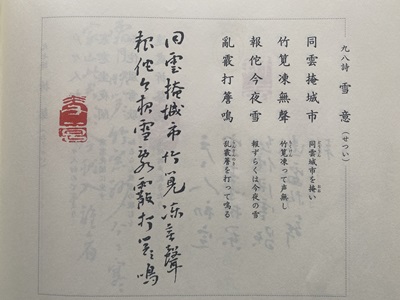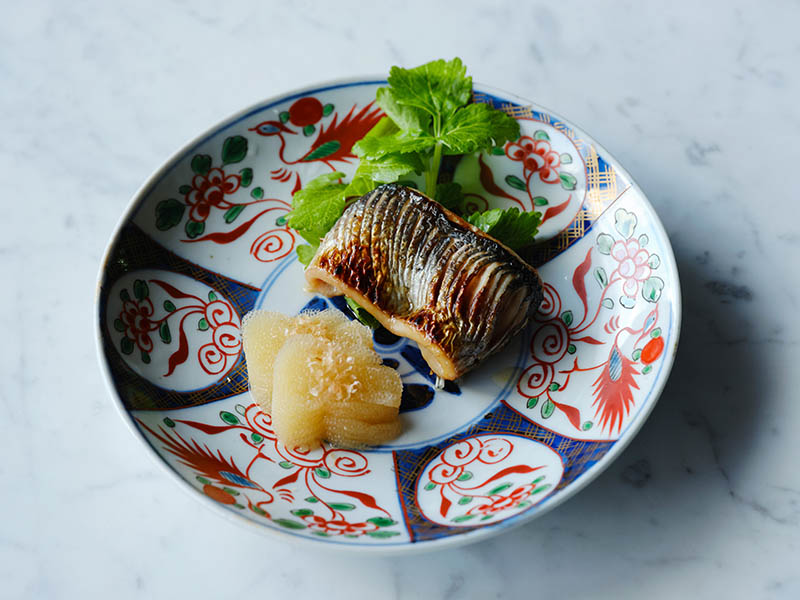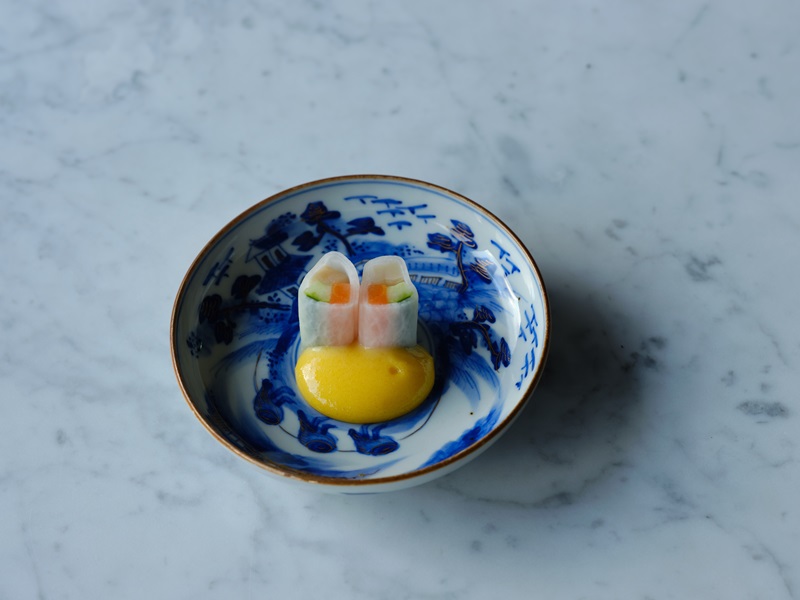Hotel Kuki's Commitment
Locally Produced Food Ingredients from a 25km Radius for Local Consumption
The food ingredients used to cook the meals at Hotel Kuki have been sourced within a 25km radius of the inn.
In particular, the eggs, lamb, and vegetables are from a directly-operated farm about 15 minutes by car from the inn for you to enjoy with peace of mind.
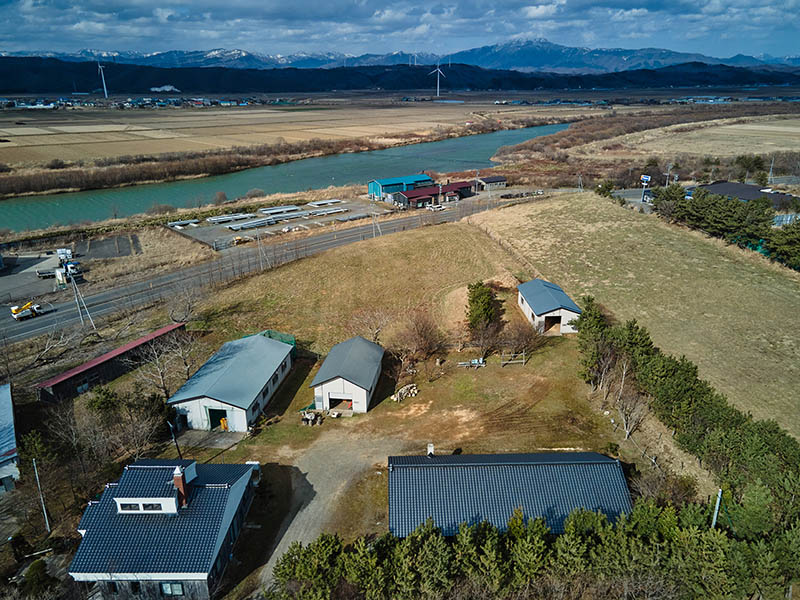
Recycling-oriented, Eco-friendly Inn
All of the food waste produced in the facilities is composted at Takumi Farm, which is directly operated by the inn, and utilized to cultivate the soil for organic farming.
Since the inn opened, not even a drop of oil has been burned, and there has never been any food waste collected or disposed of by an external party. This is the ultimate eco-friendly traditional Japanese hot spring inn.
In addition, there is a system in place involving heat exchange equipment that utilizes the heat source of the hot spring as an energy and for heating to keep the guest rooms and facilities warm.
Architecture
Makoto Nakayama, who bases his activities in Hokkaido, envisioned the completed facilities to resemble a wooden ship that is floating in the ocean in an effort to carry Esashi’s history as a prosperous fishing town into the modern day.
There are concrete walls surrounding the facilities outside of the gardens, with the height calculated perfectly so that it is not possible to see inside, but there are views of the periphery from inside the guest rooms.
Loungewear
There are winter and summer editions of our loungewear that has been designed by the fashion designerJunko Koshino.
The inseam has an innovative design, and it has been said that Ms. Koshino actually wore the loungewear herself during fashion shows
Amenities
The organic shampoo and body soap are made by Sonett from Germany, while the towels are made by Ikeuchi Organic.
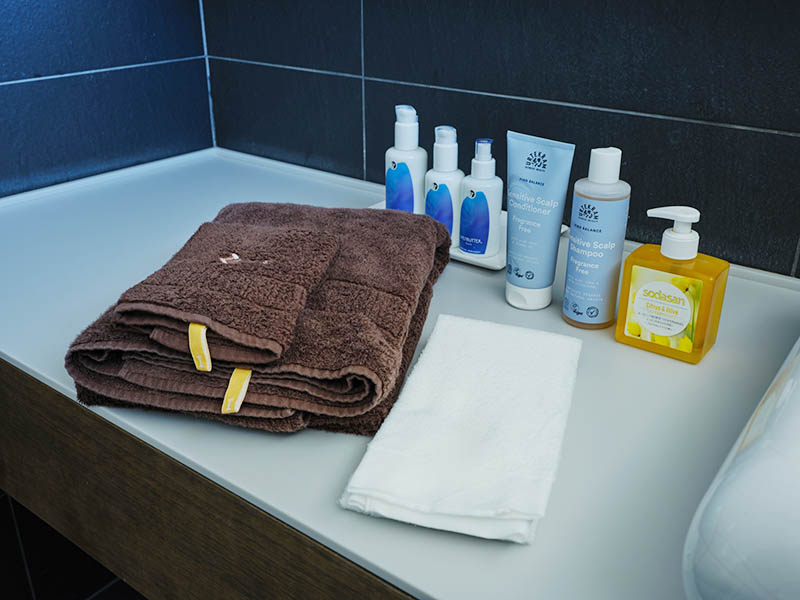
Guest Room Names
A poetry event was held in Esashi in 1846, and it is said that Takeshiro Matsuura engraved the themes of 100 poems each in a different seal stone in a single day as part of the “Hyakuin Hyakushi (100 seals and 100 poems)” competition.
The names of the guest rooms have been selected from this groundbreaking feat in the history of Japanese literary art known as “Hyakuin Hyakushi.”
Guest Room Floor Design
The floors fit perfectly to the feet of guests who walk around the guest room to provide a sense of comfort. The architect also paid thought to the design of the floors to realize a truly relaxing space.
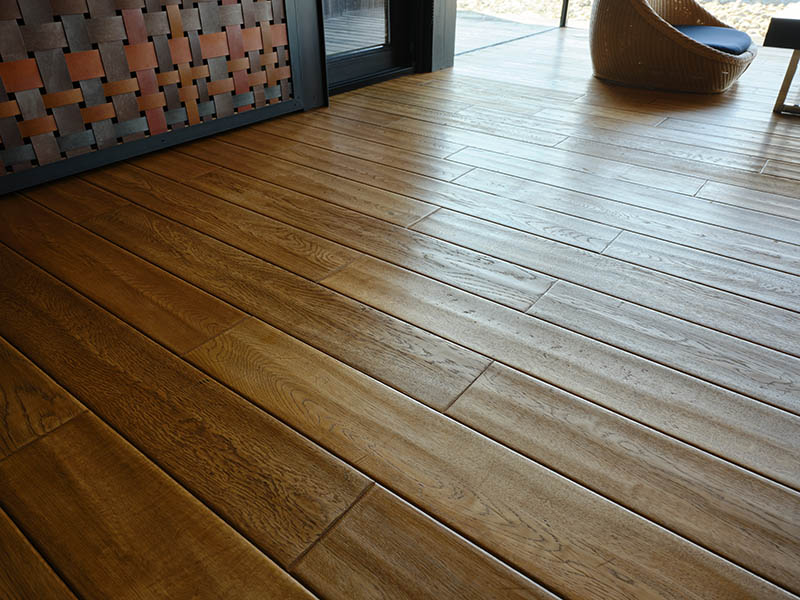
Plates for Meals
During the Edo period, merchant ships known as kitamae-bune carried commodities along the Sea of Japan from north to south. Among these commodities were Hizen ware and Arita ware plates. We use these plates for meals.
We hope you enjoy the pairing of modern cuisine served on antique plates.
Kitamae-bune Model in the Corner of the Bar
People from Hokkaido are very familiar with kitamae-bune.
During the Edo period, these merchant ships carried commodities along the Sea of Japan from north to south and helped Esashi prosper tremendously.
The construction of railroads led to the end of the kitamae-bune.
To imagine the way that things were back then while sipping a drink could be a wonderful way to spend time.




